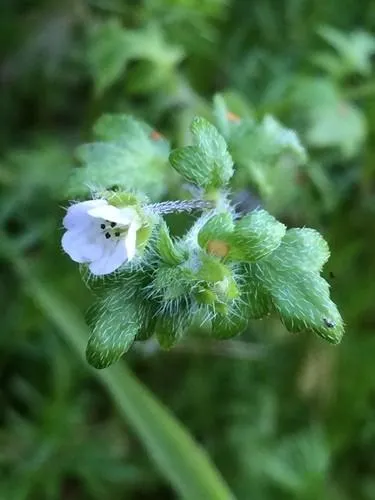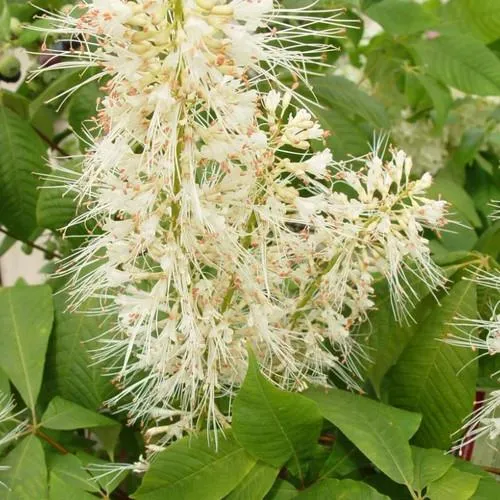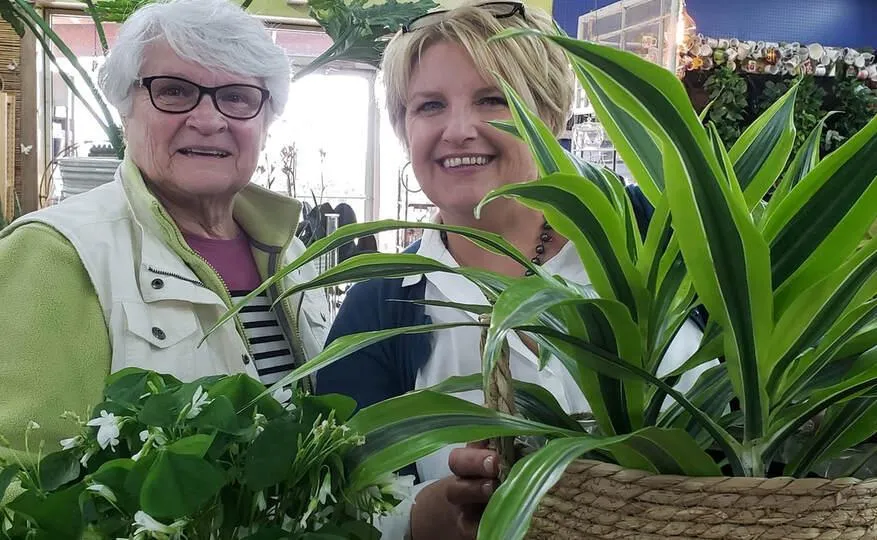Everything You Need to Know About Caring for Mini Pothos Plants
The mini pothos plant is a popular houseplant choice for its ease of care and hardiness. In this comprehensive guide, I’ll cover all the basics of growing and caring for this trailing philodendron variety so you can keep your mini pothos thriving for years to come.
What is a Mini Pothos Plant?
A mini pothos, also called golden pothos or devil’s ivy, is a smaller variant of the common pothos plant. With its trailing vines and heart-shaped leaves, it has the same easygoing nature as a regular pothos but stays more compact, making it perfect for smaller spaces. The leaves emerge light green and mature to a bright yellow-green color. Its botanical name is Epipremnum aureum ‘Marble Queen’.
Light Requirements
Mini pothos plants are very low-light tolerant. They’ll be happy in medium to bright indirect light but can even survive in fairly low light conditions. From my experience caring for pothos in my home, I’ve found they do best near an east- or west-facing window where they receive morning or afternoon sun. They can also do well under artificial lights. Avoid direct sun, which may scorch the leaves.
Watering Needs
When it comes to watering, you’ll want to keep the soil evenly moist but not soggy. Allow the top 1-2 inches of soil to dry out between waterings. Feel the soil with your finger to check moisture levels. Water thoroughly whenever the top soil becomes dry. For container-grown plants, water whenever the pot feels light. Err on the side of under-watering versus over-watering, which can cause root rot.
Soil and Potting
Mini pothos thrive in ordinary potting soil but will tolerate a variety of soils. I prefer using a soil mix that drains well, such as coconut coir, bark, perlite or vermiculite added to regular potting mix. Repot the plant when its roots begin to grow out of the drainage holes. Pothos tend to be root-bound tolerant but repotting provides room for new growth. Terra cotta, plastic or lightweight ceramic pots work well.
Fertilizer
Fertilize mini pothos every 4-6 weeks during the growing season from spring to fall with a diluted liquid houseplant fertilizer. Follow label instructions. In winter, you can reduce fertilizer or skip it entirely when growth slows. Too much fertilizer may burn the roots. Make sure drainage is good to prevent buildup of salts in the soil. From experience I’ve found mini pothos is quite hardy even without fertilizer.

Temperature and Humidity
Mini pothos thrive in normal indoor temperatures between 65-80°F. They can tolerate temperatures a few degrees cooler or warmer for brief periods. Provide cooler night temperatures if possible. While mini pothos adapt to average home humidity levels, they will appreciate occasional misting. You can also group plants together for a natural humidity boost. I’ve noticed my mini pothos look especially lush in spring/summer with higher humidity levels from open windows.
Pruning and Shaping
Pothos produce new vines continuously from the nodes where leaves meet stems. You can prune as desired to encourage bushier growth and shape the plant. Snip off leggy vines back to the next pair of healthy leaves. Cuttings will readily root in water or soil to start new plants. I’ve found this a fun way to shape my pothos and share with friends! However it’s also fine to let mini pothos grow long and trailing if you prefer that look.
Pests and Diseases
Mini pothos are generally very sturdy and pest-resistant. Common issues include occasional spider mites or scale with dry indoor heating. Check leaves regularly and wipe them down with a damp cloth. A few drops of mild dish soap in water makes an effective spray if needed. Other than that, root rot from overwatering is the main disease risk. Based on my care of over 20 houseplants, pothos seem to get fewer problems than others!
Placing Around the Home
Mini pothos work well hanging in baskets or trained onto a support. They also look nice cascading over edges of shelves, furniture or hanging pots. Place where you can enjoy their foliage. I’ve hung several around my porch for a lush, low-maintenance look. Their vines also hide unsightly areas while softening edges. Experiment with different heights, groupings and locations indoors or out to find mini pothos’ happy spot!
Tips for Success
Here are some key tips to keep your mini pothos looking its best:
- Provide consistently moist but well-draining soil
- Locate in medium to bright indirect light
- Water thoroughly when soil is dry to the touch
- Fertilize every 4-6 weeks during growing season
- Prune to maintain shape and encourage new growth
- Repot only when roots fill the container
By following these basic care guidelines, your mini pothos should thrive for many years. They’re one of the toughest and most forgiving houseplants around. Let me know if you have any other questions!

Frequently Asked Questions
Here are answers to some common questions people have about caring for mini pothos:
Can mini pothos be grown in water?
Yes, mini pothos can absolutely be grown hydroponically in water. Simply place stem cuttings in a water-filled vase, jar or other container. Roots will develop within a few weeks. Be sure to change the water every 5-7 days to avoid stagnation.
How do I propagate from cuttings?
Propagating from cuttings is very simple. Take 4-6 inch stem cuttings, remove the bottom leaves, and set the bare stems in water. Roots will form within 2-4 weeks. Once established, pot up the new plants in soil. You can also root cuttings directly in potting mix.
Why are some leaves changing color?
Variegated mini pothos will sometimes revert back to solid green. This isn’t cause for concern – it’s normal. Stressors like low light can cause more reversion. Just trim off any solid green growth to maintain the variegated pattern you prefer. Be sure to provide adequate light to reduce chances of reversion.
Can I let my mini pothos dry out between waterings?
It’s generally best to water before the soil fully dries out. However, mini pothos can tolerate some dryness between waterings, especially in winter. The key is to water thoroughly when the top 1-2 inches start to feel dry. Err on the side of under-watering rather than over-watering for best results with a mini pothos.
I hope this detailed article has answered all of your questions about caring for and growing mini pothos plants! Let me know if any other topics come to mind. With a little patience and these basic care tips, your mini pothos should stay small but mighty for many plant-loving years.

Mini Pothos Care Guide
| Fact | Details |
|---|---|
| Light Requirements | Bright, indirect light. Can tolerate low light but may not thrive. |
| Watering | Allow soil to dry out between waterings. Water when top 1 inch of soil is dry. |
| Humidity | Prefers humid conditions. Group with other plants or use pebble tray to increase humidity. |
| Soil | Well-draining potting mix. Do not allow to sit in water. |
| Fertilizer | Feed monthly spring-fall with diluted liquid fertilizer. |
| Temperature | Tolerates temperatures between 60-80°F. May drop leaves if too cold or warm. |
FAQ
-
What kinds of pothos plants are there?
There are basically several different types of pothos plants. The most common one is known as golden pothos with its green leaves that have little yellow spots. Others include marble queen pothos with white variegation and jade pothos with dark green leaves.
-
How do you care for a mini pothos plant?
Mini pothos are pretty easy to look after. Water them when the soil becomes dry to the touch, which is usually around once every 1-2 weeks. They prefer bright indirect sunlight but can tolerate low light. You may occasionally need to prune off any long vines to keep the plant bushy.
-
What kind of environment do they need?
These little plants are remarkably adaptable to different conditions. Mini pothos thrive in medium to low light situations and do well in both dry and humid indoor atmospheres. They can even survive in bathrooms. The temperature should be above 60°F.
-
How fast do they grow?
Unlike their larger pothos cousins, mini pothos are slow-growing. You might see a new leaf unfurling every few weeks or so. However, they persistently put out roots from the nodes along the stems. Over the course of a year, the plant will gradually spread out to fill its pot.
-
Are they good for hanging baskets?
You bet! The long, flexible stems of mini pothos make them an ideal choice for hanging planters and hanging baskets. Their small leaves allow them to spill over the edges in an attractive way. Just be careful not to overwater if placing in a basket without good drainage.

-
How can you propagate more plants?
It’s pretty funny how super easy it is to multiply your mini pothos. Simply cut off a 4-inch stem section, remove the bottom leaf or two, and place the stem in a glass of water. Within a few weeks you’ll see roots emerging. Once established, transplant the rooted cutting to soil. Voila! You’ve got yourself a new plant.
